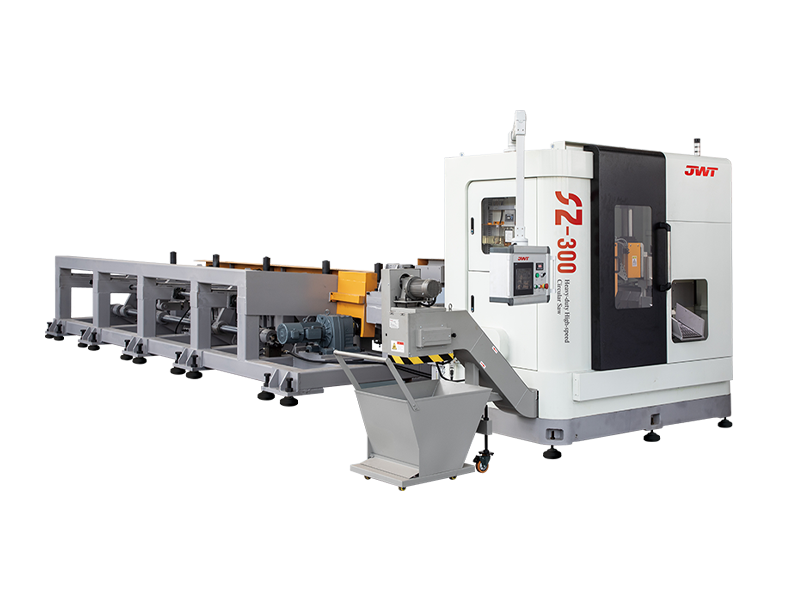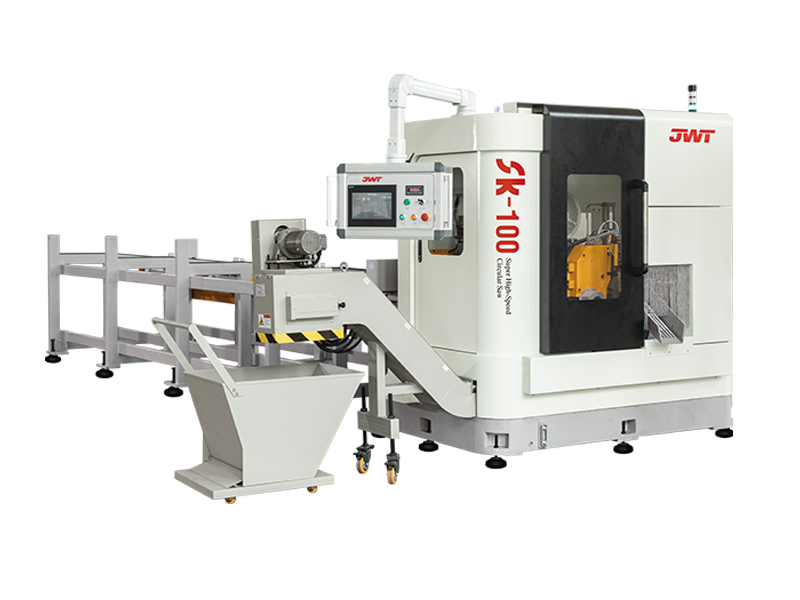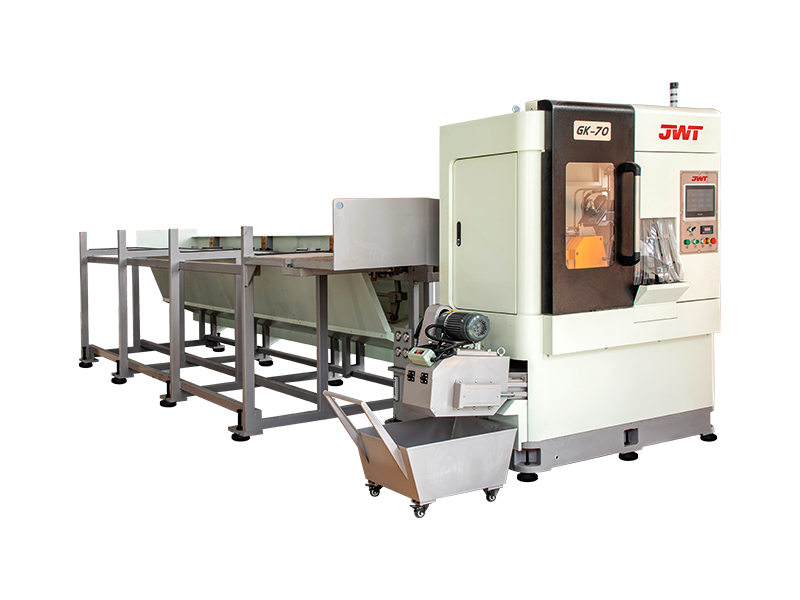The Circular Saw Machine: A Comprehensive Guide
The circular saw machine, a cornerstone of modern fabrication and construction, has evolved from a simple tool into an indispensable piece of equipment across various industries. Its design, featuring a toothed or abrasive disc blade that rotates at high speed, allows for clean, rapid, and precise cuts through a wide range of materials.
History and Evolution
The concept of the circular saw dates back to the late 18th century, with several inventors in Europe and America laying claim to its creation. Early versions were large, stationary machines used primarily in sawmills to convert logs into lumber. The true revolution, however, came in the 20th century with the development of the portable electric circular saw machine. This innovation democratized the tool, making it accessible to individual tradespeople and DIY enthusiasts and fundamentally changing how construction and woodworking projects are executed.
Types and Variations
Today, the term circular saw machine encompasses a broad family of tools, each optimized for specific tasks. The most common types include:
-
Handheld Circular Saws: These are the portable, widely-used saws for general cutting tasks. They come in two primary designs:
-
Sidewinder Saws: With the motor mounted to the side of the blade, these saws are lighter and more compact.
-
Worm Drive Saws: The motor is mounted behind the blade, using a worm gear to provide higher torque, making them ideal for cutting dense or wet materials.
-
-
Table Saws: A stationary machine where the circular blade protrudes from a tabletop. The user pushes the material through the blade, allowing for very accurate and repeatable cuts.
-
Miter Saws: Used for making precise crosscuts and angled cuts (miters) in a workpiece. They are essential for carpentry, framing, and trim work.
-
Metal-Cutting Saws: These are specialized versions designed for cutting through metals, often using a different type of blade and a slower RPM to prevent overheating and sparks.
-
Track Saws: A precision tool that uses a guide rail or "track" to ensure perfectly straight cuts, especially on large sheets of material like plywood or MDF.

Applications Across Industries
The versatility of the circular saw machine makes it a critical tool in many sectors. In woodworking, it’s used for everything from rough-cutting lumber to size to creating intricate joints for furniture and cabinetry. In construction, it is the go-to tool for framing, cutting roof sheathing, and trimming siding.
The use of a circular saw machine extends beyond wood. With the right blade, these machines can cut:
-
Plastics: Used in fabrication for a variety of products, from signs to custom components.
-
Metal: Cold saws and abrasive saws are used in manufacturing and metalworking to cut steel, aluminum, and other alloys.
-
Masonry and Tile: Specialized diamond or abrasive blades allow these saws to cut through concrete, brick, and ceramic tile for construction and landscaping.
Safety and Professional Operation
Despite its utility, a circular saw machine is a powerful and potentially dangerous tool. Proper safety protocols are non-negotiable. Key safety features and practices include:
-
Blade Guards: A crucial component, with both an upper and a lower guard to cover the blade. The lower guard retracts automatically as the saw enters the material.
-
Kickback Prevention: Kickback occurs when the blade binds in the material and the saw is violently propelled back toward the operator. Professionals avoid this by using sharp, appropriate blades and ensuring the workpiece is properly supported.
-
Personal Protective Equipment (PPE): This includes safety glasses, hearing protection, and a dust mask to protect against sawdust and debris.
In conclusion, the circular saw machine is a testament to the power of a simple, yet highly effective, mechanical principle. From its humble origins in the sawmill to its diverse applications today, it remains a fundamental tool that continues to shape our built environment.



 中文简体
中文简体 русский
русский







